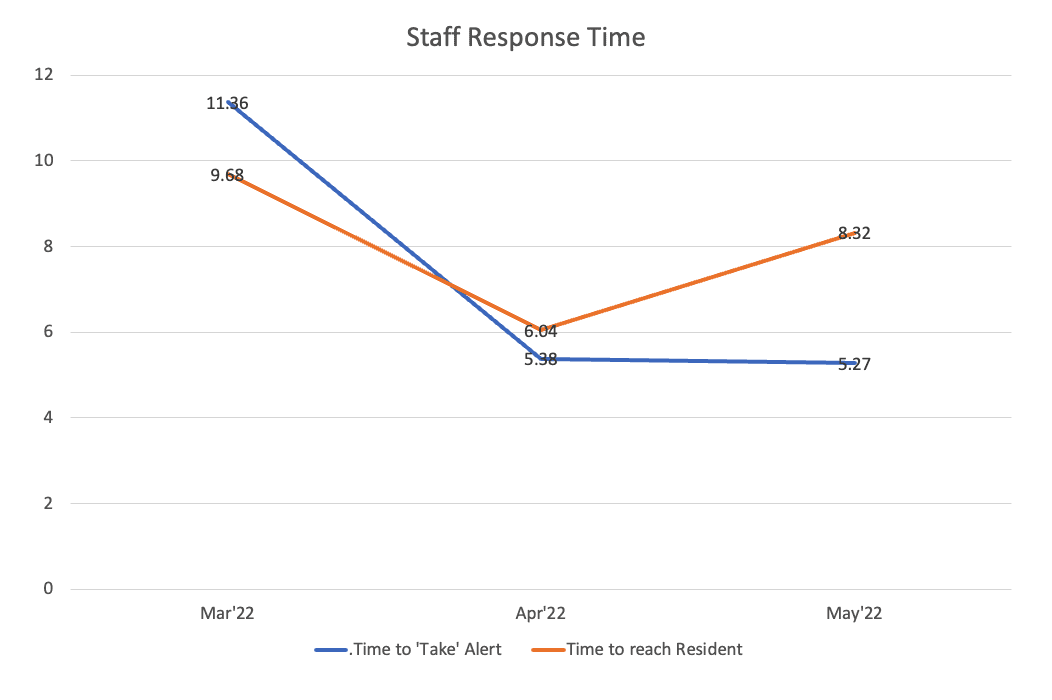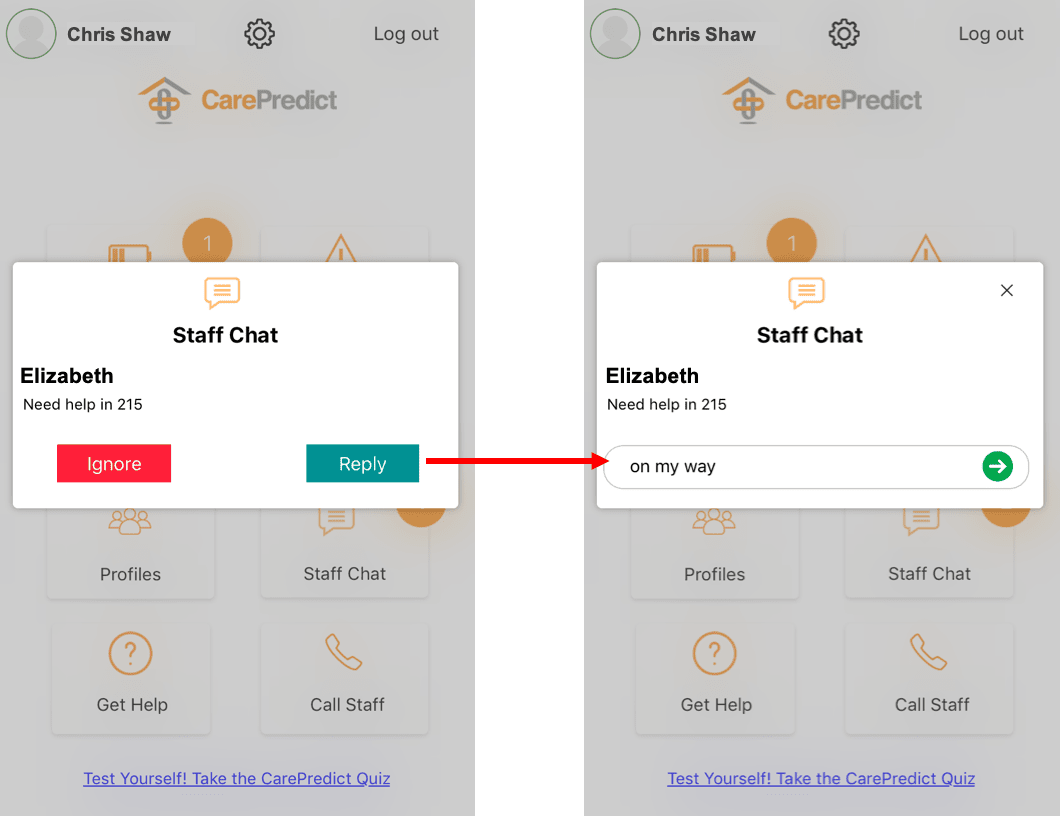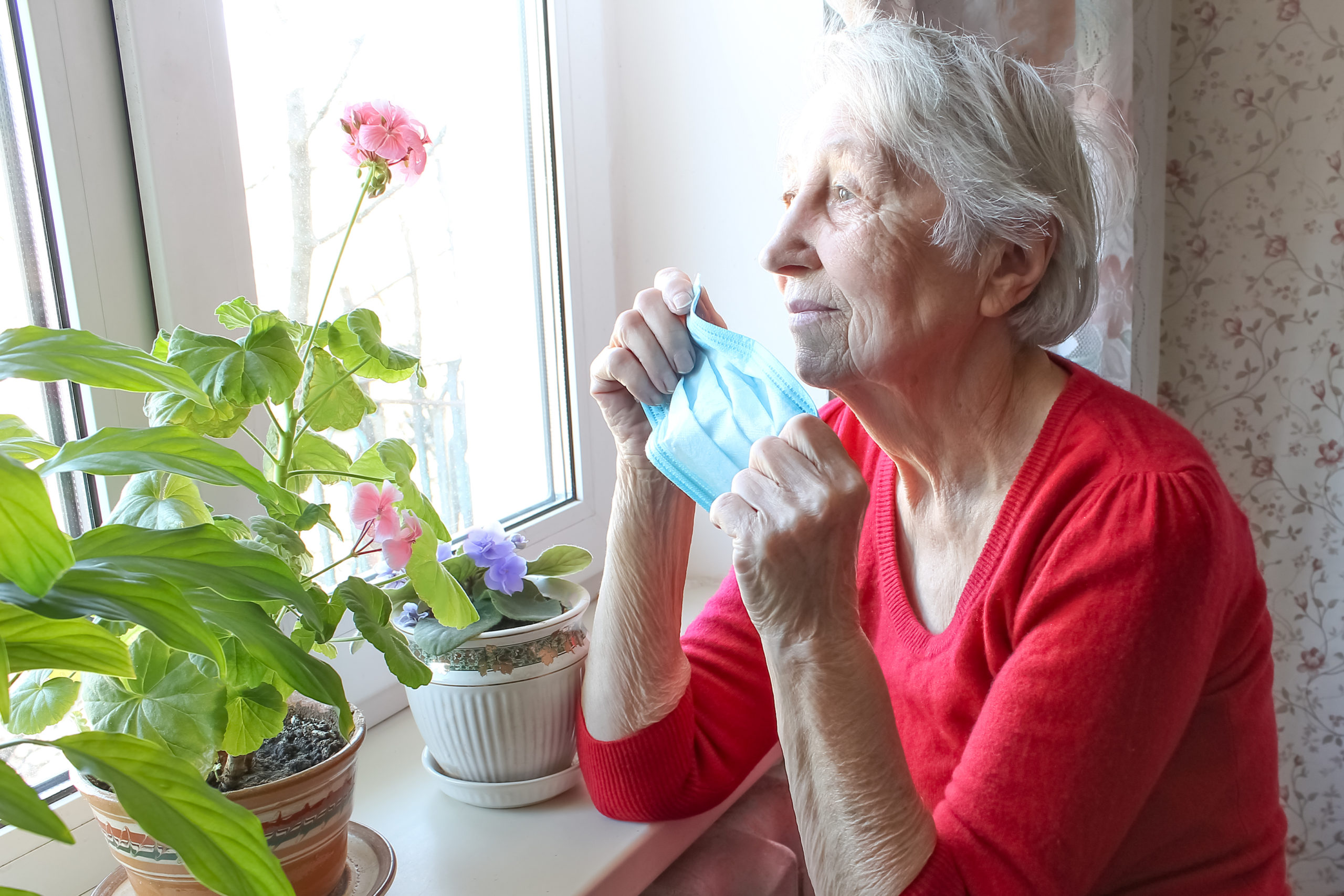How to Improve Staff Response Times Without Hiring More Staff

The goal of every senior living community is to provide the best level of care possible. This means that residents should never be left waiting for help when they need it or feel like staff members have ignored them. Staff response times are a crucial parameter for resident satisfaction and a key factor when families select a community for their loved ones. In Senior Living, faster staff response times are directly linked to the number of staff — a higher number of employees means staff can meet each resident’s needs on time. But, with the ongoing staffing crisis, achieving a high staff-resident ratio is a far cry for most operators. This post will examine how we can use technology to drive efficiencies with fewer employees. And how equipping staff with the right tools and insights allows them to provide a high quality of care, improve resident satisfaction, and provide peace of mind to families.
Knowing which request to prioritize
Not all assistance requests warrant a timely response. Emergency events such as falls demand immediate attention while escorting or bathing and can be scheduled for later. The trouble with most alerting systems is that staff members do not know what type of assistance the resident requires unless they go over to the resident. Solutions with two-way audio like CarePredict’s smart wearable, Tempo™, allow staff to speak to the resident directly through their wrist-worn bracelet and prioritize care. The staff can also use the two-way audio to reassure the resident that help is on the way. A CCRC community saw a 54% improvement in their time to “Take” the alert, but only a 14% increase in the time to “Reach” the resident. However, they noticed that in nearly 40% of resident requests, the staff members used the two-way functionality to assess the urgency of the request before heading over to the resident. This resulted in substantial time savings for the staff, given that the facility pans over 54 acres! The residents were also happy knowing that the staff is aware of their needs and will get to them soon.

This 54-acre community used 2-way audio to determine the urgency of residents’ needs before heading over to the resident’s apartment.
Knowing where to find them
Location insights can significantly impact staff response times. Especially in times of emergency, knowing the precise location of the resident in the community is crucial to reaching the resident sooner. In older adults, long lies (the time a resident spends on the ground after a fall) can lead to further complications and increases the need for hospitalization. Hence, communities want to avoid long lies and ensure they reach the resident as soon as a fall is detected. CarePredict alerts the staff in real-time when there is a possible fall and lets them know the precise location where the fall occurred. CarePredict’s patented location system provides room-level accuracy. Using the location insights and real-time fall alerts, a CarePredict community had a 53% improvement in its staff response time to fall alerts. Location information is also used to understand the total time staff spends with the residents in their suite and common areas.

Staff Response Time to Fall Alerts with CarePredict
Knowing they can get help if they need it
Most senior living residents require specialized care, and, in some instances, staff may need to take a collaborative approach while providing care. Enhanced tools that allow them to communicate in real-time allow for increased efficiency. CarePredict provides an enhanced staff communications platform that includes app-to-app calling and group or direct chat functionality. Managers can receive notifications if an alert takes longer to respond to and can send in reinforcements or assistance.

Get help when you need it and coordinate care
Now that we have addressed how we can improve response times without needing additional staff, we need to understand what we should be aiming for when it comes to response time? Some sources suggest the average response time to a resident’s assistance request during the day is ten minutes. Communities using our solution have seen a 37% improvement in the staff response times.
Find out more with a demo showing how you can improve staff response times using CarePredict.

Related Blogs






